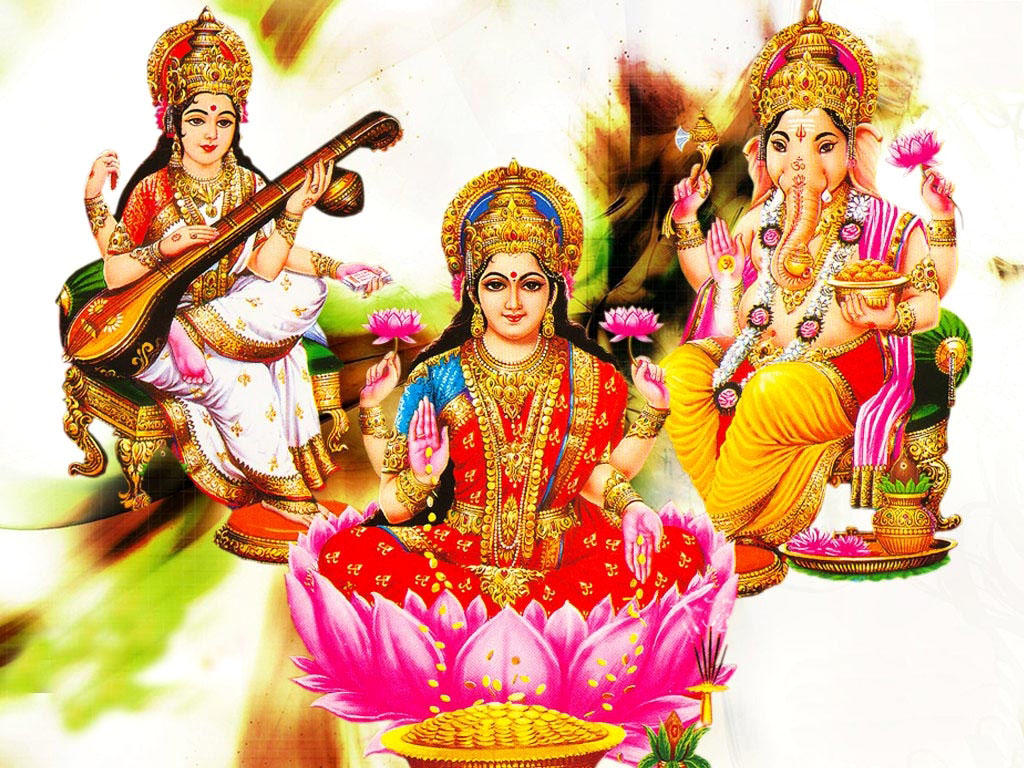

However, getting temporary relief from the clutches of vasanas does not guarantee permanent liberation from them. So the stories in the Puranas symbolically depict Devi in the form of Durga as waging war and destroying the asuras. The process of trying to control our senses is akin to a war for the mind which resists all attempts at control. She personifies that aspect of shakti which destroys our negative tendencies. During the first three days, Durga is worshipped. The different stages of spiritual progress are reflected in the sequence of celebrations during Navaratri. That is why people worship Shakti, also known as Devi, in Her various manifestations. Hence it is said that Shiva, who symbolises pure consciousness, can only be known through Shakti, who represents divine energy.

The reason behind the worshipping of Durga, Lakshmi and Saraswati lies rooted in the philosophy that the attributeless absolute can only be known through the world of attributes-the journey is from the known to the unknown. The tenth day, though, is the most important it is known as Vijayadashami, the ‘tenth day of victory.’ Navaratri, which literally means ‘nine nights,’ dedicates three days each to worshipping the Divine in the forms of Durga, Lakshmi and Saraswati. Then, he or she enters into the realm of the infinite, wherein one realises one’s Self. During this spiritual journey, the aspirant has to pass three stages personified by Durga, Lakshmi and Saraswati.

At one level, Navaratri signifies the progress of a spiritual aspirant. Like the other festivals of India, Navaratri is rich in meaning.


 0 kommentar(er)
0 kommentar(er)
